Technological Advancements in HVAC Systems
Technological innovation plays a crucial role in shaping the Split System Market. The integration of advanced technologies, such as smart thermostats and IoT connectivity, enhances user experience and operational efficiency. These innovations allow for remote monitoring and control, which can lead to significant energy savings. Market data indicates that systems equipped with smart technology are gaining traction, with a projected increase in adoption rates. As consumers seek more convenient and efficient solutions, the demand for technologically advanced split systems is likely to rise, driving growth in the Split System Market.
Increased Urbanization and Population Growth
Urbanization and population growth are significant factors influencing the Split System Market. As more individuals migrate to urban areas, the demand for efficient heating and cooling solutions escalates. This trend is particularly evident in densely populated regions where space is limited, making split systems an attractive option due to their compact design and flexibility. Market analysis suggests that urban areas are experiencing a higher installation rate of split systems, as they cater to the needs of modern living. Consequently, the ongoing urbanization trend is expected to propel the growth of the Split System Market.
Regulatory Support for Sustainable Practices
Regulatory frameworks promoting sustainability are increasingly influencing the Split System Market. Governments worldwide are implementing stricter regulations aimed at reducing carbon emissions and promoting energy-efficient technologies. These regulations often include incentives for consumers to adopt energy-efficient appliances, including split systems. As a result, manufacturers are compelled to innovate and produce systems that comply with these standards. Market data suggests that regions with robust regulatory support are experiencing accelerated growth in the adoption of split systems. This regulatory environment is expected to continue driving advancements and growth within the Split System Market.
Rising Demand for Energy-Efficient Solutions
The increasing emphasis on energy efficiency is a pivotal driver in the Split System Market. Consumers are becoming more environmentally conscious, leading to a surge in demand for systems that minimize energy consumption. According to recent data, energy-efficient split systems can reduce energy usage by up to 30% compared to traditional units. This trend is further supported by government incentives aimed at promoting energy-efficient appliances, which are likely to enhance market growth. As energy costs continue to rise, the appeal of these systems is expected to grow, making energy efficiency a central theme in the Split System Market.
Rising Disposable Income and Consumer Spending
The rise in disposable income across various demographics is a notable driver in the Split System Market. As consumers experience increased financial freedom, they are more inclined to invest in home comfort solutions, including split systems. This trend is particularly pronounced in emerging markets, where a growing middle class is seeking modern and efficient HVAC solutions. Market data indicates that regions with higher disposable income levels are witnessing a surge in split system installations. This shift in consumer spending habits is likely to bolster the growth of the Split System Market in the coming years.


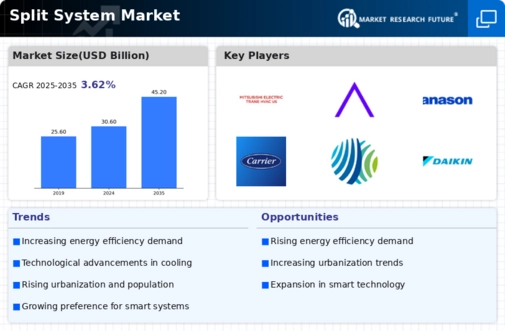
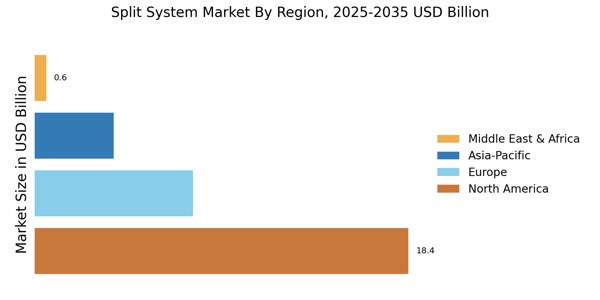
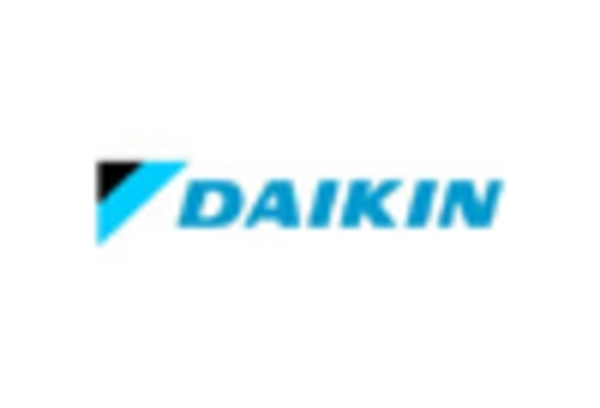


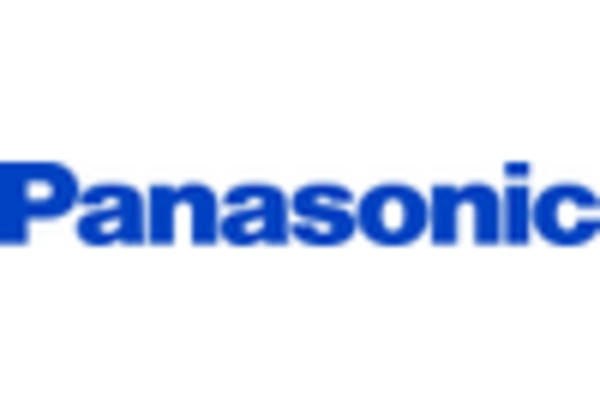

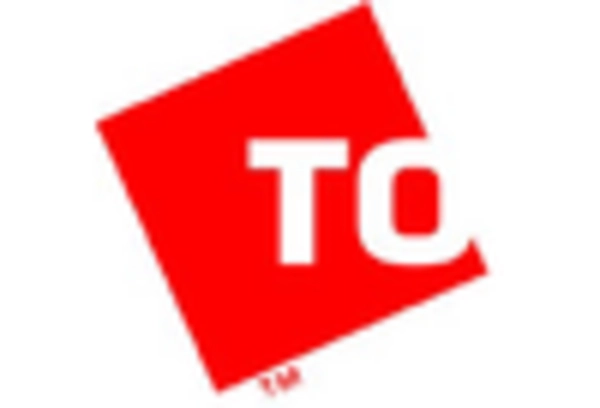








Leave a Comment